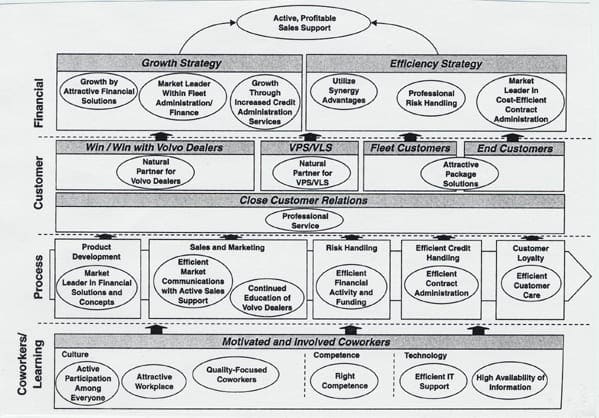
Favorite KM should focus primarily on getting knowledge out quickly, and worry about production quality later S is for Speed, by Ansgar Koreng on Flickr Here is an interesting article from the customer-service wing of KM, entitled “5 ways to use team knowledge to do better work”. The one that
Read More
 Shared by Nick Milton July 5, 2018
Shared by Nick Milton July 5, 2018

Favorite Sometimes learning from personal failure is the way to win. Gareth Southgate in despain after missing the penalty in 1996,an event which indirectly led to Englands win last night. Last night England beat Colombia in the Football World Cup quarter final. The game was decided on a penalty shoot-out
Read More
 Shared by Nick Milton July 4, 2018
Shared by Nick Milton July 4, 2018

Favorite “Learning before, during and after” is a common principle applied to knowledge management in project-based organisations. But what does it really mean? We may have read about the principle of learning before, during and after in projects, but if you want to see how it really works in practice,
Read More
 Shared by Nick Milton July 3, 2018
Shared by Nick Milton July 3, 2018

Favorite There is a very close link between knowledge and performance, which is at the heart of any KM framework. Knowledge results in performance. The more knowledge we have, the better we can perform. The more we learn from performance, the more knowledge we have. This puts us in a
Read More
 Shared by Nick Milton July 2, 2018
Shared by Nick Milton July 2, 2018

Favorite In another reprise from the archives, here’s a post about that useful tool, the KM strategy map You know I am a firm believer in business led Knowledge Management Strategy. At a meeting yesterday, I saw this presented in a very striking and visual way, through the use of a
Read More
 Shared by Nick Milton June 29, 2018
Shared by Nick Milton June 29, 2018

Favorite Knowledge Visits are a great way to learn things if the mindset is right; treat them as if it was industrial espionage. Image from wikimedia commons A knowledge visit is a great idea – a team goes to visit another company or another team, sees the way they work,
Read More
 Shared by Nick Milton June 28, 2018
Shared by Nick Milton June 28, 2018

Favorite A recent paper from the Gartner group seems to contain two basic assumptions about knowledge management which I think are worth addressing. See what you think. The Gartner paper is entitled Automate Knowledge Management With Data Science to Enable the Learning Organization, and contains the following blocks of text:
Read More
 Shared by Nick Milton June 27, 2018
Shared by Nick Milton June 27, 2018
Favorite Here is an interesting report on the use of KM in supporting IT service desks in the US and the UK. For the detail, please see the report, but some of the highlights are below: Knowledge management is the second-most adopted process for IT support organizations after Incident Management
Read More
 Shared by Nick Milton June 26, 2018
Shared by Nick Milton June 26, 2018

Favorite What is the price, or cost, of your knowledge inventory? In fact, you already pay the cost without knowing it. Creative commons image from pxhere Let’s look at the cost of acquiring and maintaining the inventory of tacit and explicit knowledge. Tacit knowledge As people become more experienced (through
Read More
 Shared by Nick Milton June 22, 2018
Shared by Nick Milton June 22, 2018

Favorite Here’s a story about how Knowledge can be found in the Long Tail within a community of practice. I blogged recently about the Long Tail of Knowledge, and how a Community of Practice can find answers and advice from practitioners other than the core group of company experts. Here
Read More
 Shared by Nick Milton June 21, 2018
Shared by Nick Milton June 21, 2018
![]() Shared by Nick Milton July 5, 2018
Shared by Nick Milton July 5, 2018








